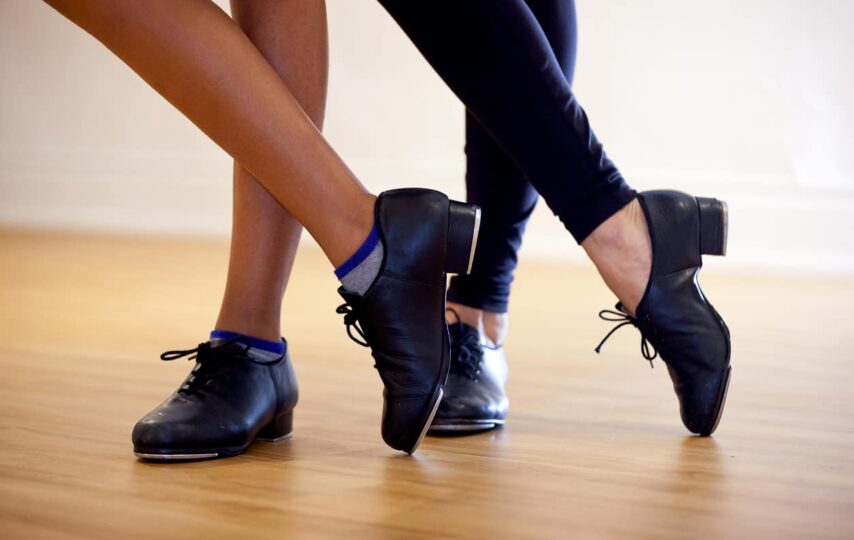Tap dance remains a famous and celebrated art form, and the shoes worn by dancers continue to play an essential role in the dance’s performance and style. Tap dancing has evolved over the years, and with it, so have tap shoes for women. From the early 1920s to today, womens tap shoes have undergone various changes to meet the changing needs of dancers. This article will explore the evolution of tap shoes over the years, from their early beginnings to the present day.
The 1920s and 1930s
Tap shoes for women in the 1920s and 1930s were typically made with a low heel and a simple design. The shoes were often black, with a basic oxford or lace-up style. The taps were made of iron and were screwed onto the shoe’s sole, resulting in a loud, clunky sound. During this time, tap dance was often associated with jazz music and was popularised by dancers such as Bill “Bojangles” Robinson and Fred Astaire.
The 1940s and 1950s
In the 1940s and 1950s, tap shoes began to evolve with the introduction of new materials and designs. The taps were made of aluminium or steel, which produced a clearer, sharper sound. The heels were also slightly higher, which allowed for more dramatic movements. The shoes began to incorporate different colours and patterns; some even had glitter or rhinestones for added sparkle. Dancers such as Gene Kelly and Eleanor Powell helped to popularise tap dance during this era.
The 1960s and 1970s
In the 1960s and 1970s, tap shoes continued to evolve with the introduction of new designs and styles. The shoes became more streamlined, with a sleeker design allowing more significant movement and flexibility. The taps were made of high-quality metals such as titanium, which produced a clear, sharp sound. The heels were also slightly higher, which allowed for more fluid movement. During this time, tap dance was often incorporated into musical theatre productions, and dancers such as Ann Miller and Ginger Rogers were well-known for their tap-dancing skills.
The 1980s and 1990s
In the 1980s and 1990s, tap shoes for women underwent a significant change with the introduction of new materials and technology. Shoes were made with lighter, more durable materials such as nylon and synthetic leather, allowing greater flexibility and movement. The taps were made of high-quality metals such as aluminium, which produced a clear, crisp sound. The design of the shoes also became more varied, with a range of styles and colours to choose from. During this time, tap dance began to experience a resurgence in popularity, with dancers such as Savion Glover and Gregory Hines bringing new energy and style to the dance form.
Today
Today, tap shoes continue to evolve, with a range of styles and designs to choose from. Shoes are made with various materials, including leather, synthetic leather, and canvas. The taps are made of high-quality metals such as steel or titanium, which produce a clear, sharp sound. The design of the shoes ranges from classic oxford and lace-up styles to more modern and flashy designs. Dancers can also choose from various heel heights, from low to high, depending on their preferences and the type of dance they are performing.
In addition, it can be very healthy if the shoes are flexible and breathable too. These types of shoes are extremely comfy and waterproof! So, one, should always invest in a pair of breathable shoes, for odor free and healthy life. With these shoes, you can say goodbye to the discomfort of feeling moist or sweaty feet.
One of the most significant changes in recent years has been the introduction of tap shoes with built-in Bluetooth technology. These shoes allow dancers to connect to their smartphone or tablet and control the sound of their taps with an app. This technology has opened up new possibilities for dancers to create unique soundscapes and explore new ways of expressing themselves through tap dance.
Conclusion
The changing needs of dancers and advancements in materials and technology have driven the evolution of womens tap shoes over the years. From the essential oxford-style shoes of the 1920s to the modern, high-tech tap shoes of today, the design and functionality of tap shoes for women have continued to evolve. As tap dance continues to evolve, you can expect even more innovations and changes in tap shoes in the years to come.








